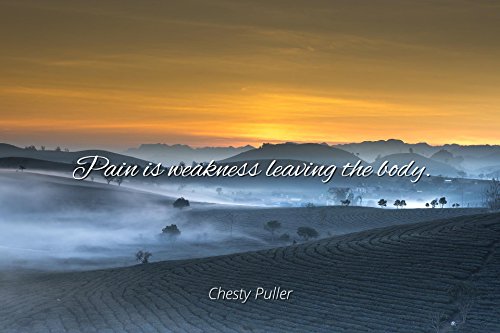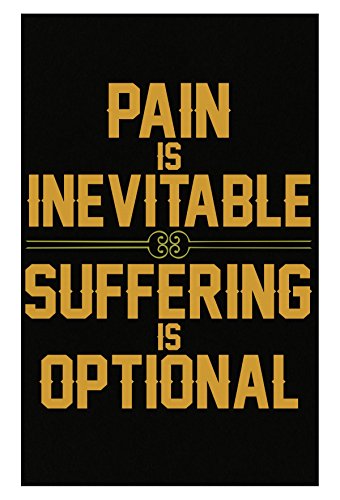A person's outlook on life can minimize -- or aggravate --chronic pain, reports a Cornell University study.
"While pain is a fact of life for many," says Anthony Ong, assistant professor of human development at Cornell, "how people relate to their pain can either help or hinder healthy coping."
Ong and colleagues report that a person's habitual outlook on life and their ability to sustain positive emotions in the face of adversity or stress (what psychologists call psychological resilience) can make a dramatic difference in their experience of chronic pain, which afflicts millions of Americans, particularly the growing population of elderly.
The researchers studied 72 women and 23 men, ages 52 to 95, who were diagnosed with chronic pain -- the average duration of pain was about eight years. The patients completed daily diaries for two weeks containing information about their emotions and experience of pain each day.
The researchers found a link between the patients' resilience, positive emotions and how much they then "catastrophized" about their pain. Some people with chronic pain tend have an exaggerated negative view of the actual or anticipated pain. This so-called "pain catastrophizing" makes the experience of pain worse and contributes to increased pain severity, disability and emotional distress, Ong said. It exacerbates anxiety and worry. Such negative emotions can potentially stimulate neural systems that produce increased sensitivity to pain. It can become a vicious cycle.
On the other hand, the researchers found that high-resilient individuals reported less day-to-day pain catastrophizing, compared with the low-resilient individuals. The findings also suggest that the day-to-day experience of positive emotions represent an active ingredient in what it means to be "resilient," Ong said.
Interestingly, the researchers also found that women with chronic pain tended to catastrophize more than men; there was also a stronger effect of positive emotion on pain catastrophizing in women.
"Daily experiences of positive emotions have the potential to counteract the sense of helplessness and focus on negativity that can make chronic pain so devastating," Ong said. "Based on the gender differences we found, interventions for women in particular may benefit from greater attention to sources of positive emotion."
Source: Psychology and Aging (Vol. 25, No. 3).

